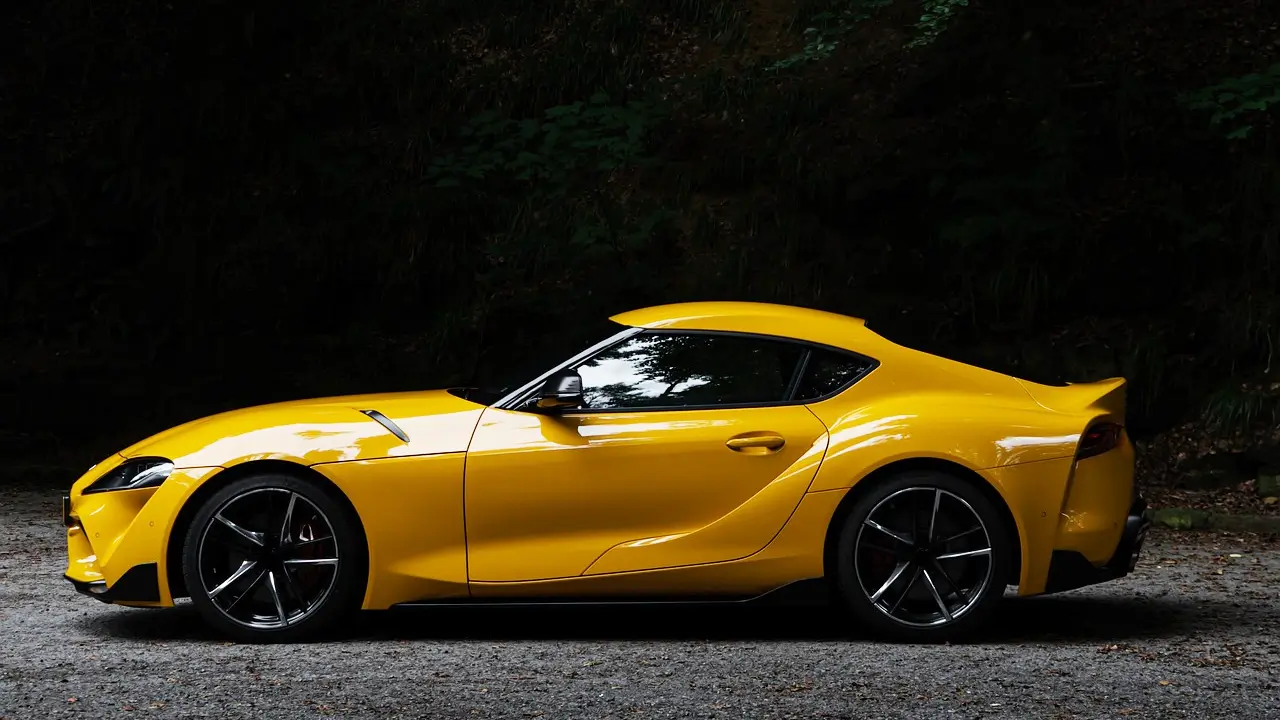The concept of coupe design
One of the most enduring and recognizable ideas in automobile design is the coupe, which embodies a well-balanced combination of form, function, and visual appeal. A coupe is an automobile with two doors, a closed body, and usually a fixed roof. Its athletic profile and emphasis on performance and style above utility make it a desirable vehicle.
The coupe has changed throughout automotive history from a straightforward body design to a representation of luxury, dynamism, and grace. Even if the precise definition of a coupe has changed over time, a few essential components are still vital to the design concept of this category of automobiles.
Historical Background of the Coupe
The word “coupe” originally referred to a carriage “cut” down to have two doors instead of four. It is from the French word “coupé,” which means “cut.” Coupes, which had a more enclosed cabin than roadsters and other open vehicles of the era, were modeled by these horse-drawn carriages in the early days of automobile design.
They still have two doors. Early coupes were generally advertised as sporty, opulent alternatives to sedans, catering to drivers who emphasized style and performance over passenger rooms.
The popularity of the coupe increased over the 20th century, especially in the post-war period when automakers started experimenting with svelte, aerodynamic designs that prioritized speed and style.
During this time, manufacturers of Ferrari, Jaguar, and Mercedes-Benz produced some of the most iconic coupes ever made, such as the Ferrari 250 GT, Jaguar E-Type, and Mercedes-Benz 300SL.
These automobiles combined high-performance engineering with sculptural beauty to create works of art on wheels that were more than just a means of mobility.
Key Design Elements of a Coupe
Fundamental concepts like a dynamic posture, a concentration on the driving experience, and an emphasis on aesthetics are in the coupe design. These concepts manifest in various diverse design elements:
Two Doors:
The two-door design of a coupe is by far its most noticeable and distinctive feature. Coupes are more intimate than sedans, which place utility and passenger capacity.
Typically, a coupe may seat two to four people. Couples can look sportier and more energetic thanks to the two-door design, which adds to their visual attractiveness and uniqueness.
Roofline and Proportions:
A prominent characteristic of the coupe form is its sloping roofline. In contrast to sedans or SUVs, which typically have more erect and useful rooflines, coupes frequently have a steeply sloped roofline that descends towards the back of the vehicle.
This style provides coupes, a fastback-like appearance, and gives the car a sense of movement even in motion. The broad hood and narrow back deck, which emphasize the car’s athletic, performance-oriented character, are further characteristics of a typical coupe.
Performance Orientation:
Many coupes prioritize the driving experience over high-speed performance, emphasizing handling, acceleration, and a more engaging relationship between the driver and the road. Couples tend to be more agile and responsive than larger cars because of their smaller size and lower weight.
Aesthetic Focus:
A coupe appearance is highly prized. Coupes to be visually appealing, whether through bold, angular lines or elegant, flowing curves. Luxury and premium brands are especially fond of the coupe body style they use to create aesthetically arresting and desirable automobiles.
Another focus is on interior design; many coupes include high-end materials, driver-focused dashboards, and craftsmanship that complements the commitment to elegance and beauty.
Passenger Compromise:
Practicality is a trade-off in coupe design, especially passenger and baggage space. Despite its attractiveness, the sloping roofline may restrict rear-seat passengers’ headroom, and the two-door design may make it more challenging to reach the back seats.
Likewise, there’s usually less trunk room with a smaller rear deck. These concessions are, nevertheless, considered worthwhile by many coupe owners in light of the vehicle’s better performance and looks.
Evolution of Coupe Design
With changing consumer tastes, technological advancements, and industry trends, the idea of coupe design has changed dramatically for many years. Designed for the affluent who wanted a fashionable and exclusive means of transportation, coupes were frequently luxury cars in the early to mid-1900s. In the 1960s and 1970s, the popularity of muscle cars and compact sports cars increased the availability of coupes.
- Audi GT50 Concept: A Loud Reminder of Why Car Enthusiasts Fell in Love With Audi
- Nearly 30% of UK Drivers Believe Car Tax Should Be Based on Mileage — Survey
- Why Planes and Boats Escaped the Luxury Tax But Cars Didn’t
- Australia’s Headlight Confusion: Authorities Warn Drivers After Viral $250 Headlight Rule Goes Wild Online
- 2025 Hyundai Venue Facelift Launched in India – Full Details, Variants, and Price
Ford Mustang, Chevrolet Camaro, and Dodge Challenger, which offered style and power at an affordable price, helped to popularise the sporty appeal.
More variety in coupe design emerged in the 1980s and 90s when Japanese automakers debuted vehicles that combined cutting-edge engineering and performance, such as the Nissan 300ZX, Toyota Supra, and Honda Prelude.
